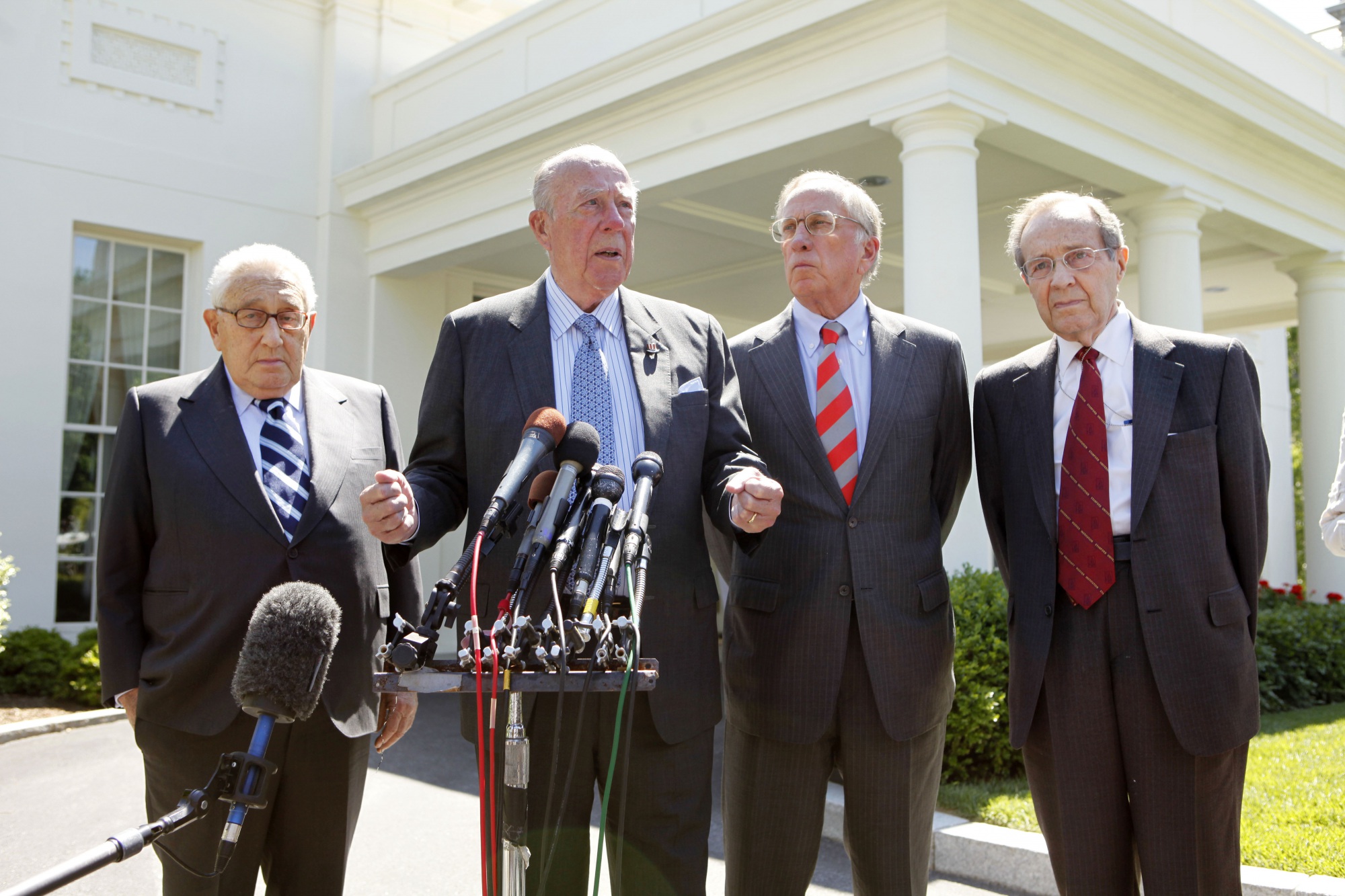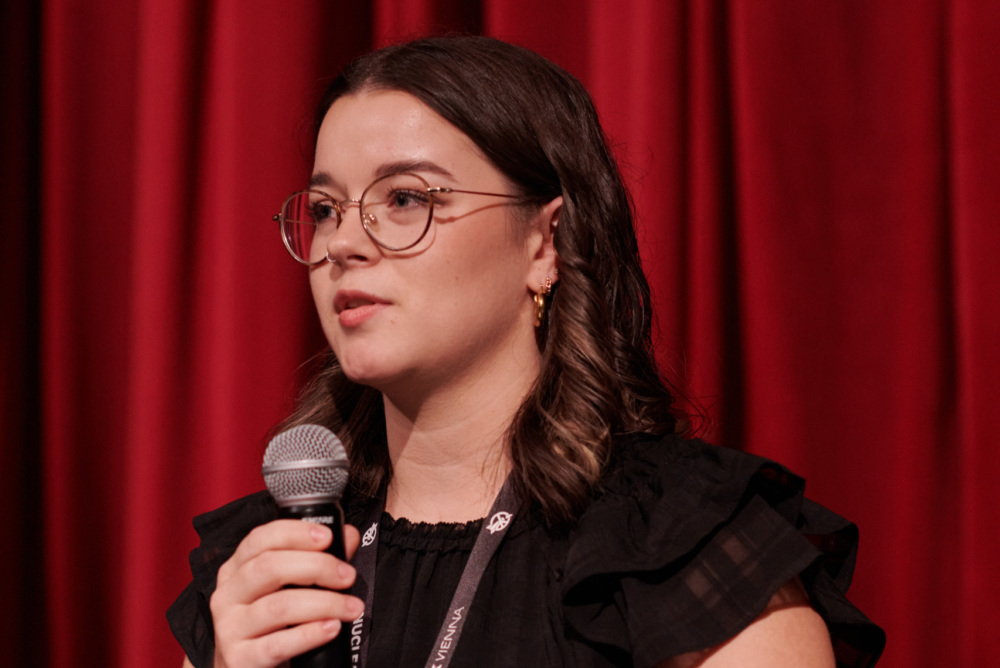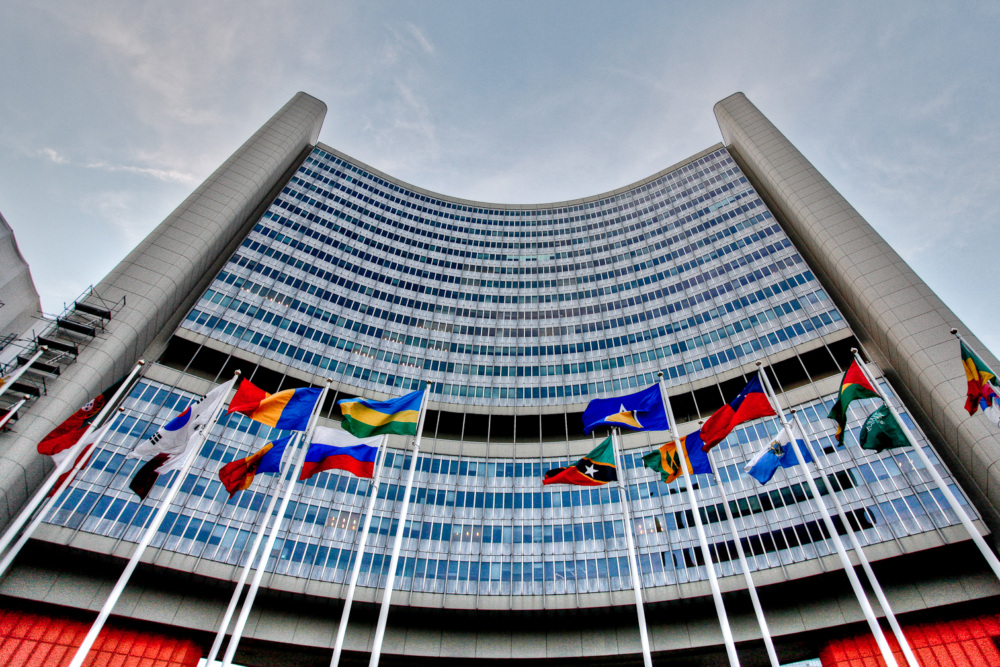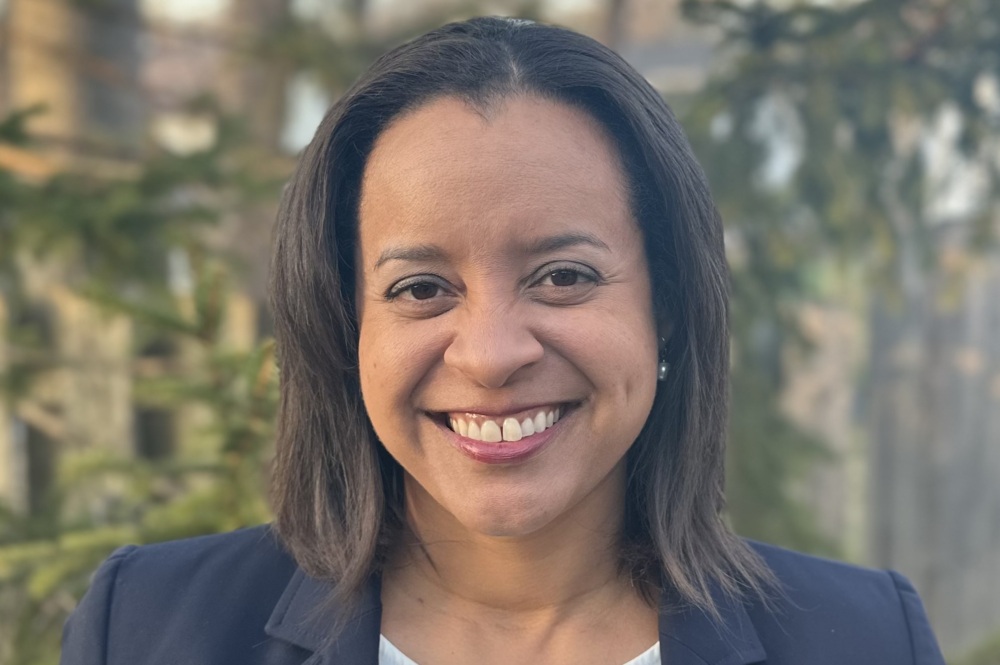
Samantha Neakrase
Senior Director
Atomic Pulse
On October 6, the Nobel Peace Prize was awarded
to the International
Campaign to Abolish Nuclear Weapons (ICAN) for its work bringing about a treaty
banning nuclear weapons (a good summary of the treaty and negotiation
process is here).
This was exciting news for the nuclear disarmament community after, frankly,
what has been a dispiriting few years—dangerous presidential rhetoric that
could lead to a nuclear confrontation with North Korea; worries that the new
administration’s review of U.S. nuclear policies could result in new nuclear
weapons capabilities and an expansion if the role of nuclear weapons in
security policy; a continued deterioration in relations with the United States’
only nuclear peer, Russia; and, most recently, news that President Trump plans
to take action that would likely lead to the collapse of the Iran nuclear
agreement (aka the Joint Comprehensive Plan of Action or JCPOA), which was a
signature diplomatic achievement negotiated in part by NTI’s new CEO, former
Secretary Ernest J. Moniz (his most recent defense of the JCPOA is here).
It is also a mark of personal pride for me to work for an
organization whose founder and co-chairman, former Senator Sam Nunn, along with
former Secretary of State George Shultz, former Secretary of Defense William
Perry, and former Secretary of State Henry Kissinger, called for working toward
a world without nuclear weapons through a series of steps in their seminal 2007
Wall Street Journal op-ed (first
in a series). Their powerful statement helped to spur a global movement that
brought the vision of a world without nuclear weapons into the mainstream—a
vision that was then adopted as policy by the Obama administration. The
foundation they laid for ICAN’s work was recognized
in reporting on the Nobel Peace Prize award.
I am aware of the criticisms of the ban treaty, and I have
closely analyzed the treaty in the context of other policy issues and its consequences
for nonproliferation and disarmament objectives broadly. For instance, many
experts see major problems in the treaty text related to safeguards (analysis
by NTI consultant John Carlson here)
and verification (here,
here,
and here).
Others worry about how the ban treaty will exacerbate
existing divisions between countries with and without nuclear weapons,
which could undermine the cornerstone of the nonproliferation and disarmament
regime, the Treaty on the Non-Proliferation of Nuclear Weapons (NPT). Still
others (including the five
recognized nuclear-weapons states under the NPT)
point out that the ban treaty will fail to result in the elimination of a
single nuclear weapon because not only will countries with nuclear weapons
refuse to sign it, but it does not address the very real security concerns of
countries with nuclear weapons and countries that rely on U.S. nuclear weapons
(U.S. allies in NATO and in the Asia-Pacific region).
Although I believe that some of these policy and technical
issues are significant and should be addressed, they are not what I want to delve
into here. As someone who believes that nuclear weapons are dangerous and their
use immoral, I see the nuclear weapons ban treaty as an achievement for
humanity. I had a chance to witness history when I attended the first round of
negotiations for the ban treaty earlier this year in New York (see my
observations here).
Although I was there in my professional capacity to observe, analyze, and liaise
with diplomats and government representatives, in my personal capacity I was
spellbound by the scene. The majority of the world was represented there working
together—and with NGOs and other members of civil society—toward a common
purpose: to take back the narrative on nuclear weapons from one of deterrence
and security to one of humanity.
Why is this so important? I’ve often found myself sitting at
panel discussions and workshops discussing nuclear weapons policy—stockpiles,
capabilities, yields, alert status, warhead types, etc.—and have been struck by
how most of the discussions about nuclear weapons are so clinical and seem
completely divorced from what the use of nuclear weapons would actually mean in
terms of the significant loss of life and fear and panic of populations. (See
what the death toll of a nuclear detonation where you live would be using this nukemap.) We know what nuclear
weapons can do to the human body—from the blast, thermal radiation (read:
fires), initial radiation, and fallout—because we’ve seen it in Hiroshima and
Nagasaki and those effects have been studied again and again. (And it’s worth
noting that the nuclear
weapons we have today are immensely more powerful than the bombs used in
Hiroshima and Nagasaki.) We know that the use of nuclear weapons could have
catastrophic consequences for the environment, affecting the entire globe
because of the devastating climate effects.
We also know that simply having nuclear weapons, even if there is no intention
to use them, is dangerous because of the potential for an accident, miscalculated use (perhaps
because of a false
warning due to a computer glitch or a cyber-attack),
or unauthorized use by a terrorist or rogue actor.
For all its flaws, both real and perceived, the ban treaty reminds
us why working toward a world without nuclear weapons matters—because doing so
is a moral imperative as well as something that would make us all safer. The
voices of survivors of the bombings of Hiroshima and Nagasaki and of nuclear
testing were heard in the ban treaty process, a good reminder that nuclear
weapons use is not theoretical and that there are people alive today who have
been victims of these deadly weapons. For those who need a reminder, I
recommend the 1945
piece by John Hersey in The New Yorker
describing in great detail the experiences of several Hiroshima survivors (it’s
long, but extremely powerful).
Given the consequences of nuclear use, both in terms of the
resulting casualties, destruction of the environment, and the potential
consequences of a devastating nuclear retaliation against us, I find it
unimaginable that any leader would choose to use a nuclear weapon. Yet we
continue to live in a world where doing so is considered an option. Over the
decades we’ve evolved in other ways—including the evolution of the
international laws of armed conflict, which reject military action that would
disproportionately and unnecessarily result in civilian deaths (for a summary
of these international rules and how they might apply in the context of nuclear
weapons use, see here).
That more than 70 years after nuclear bombs were dropped on Hiroshima and
Nagasaki we still have policies in place and plans at the ready to actually use
nuclear weapons seems like a failure of civilized society to evolve. By
recognizing ICAN’s work toward a ban treaty, the Norwegian Nobel Committee calls
out this failure as well.
Sign up for our newsletter to get the latest on nuclear and biological threats.
Jupiter Huang, NTI’s Communications intern, had the opportunity to speak with Mackenzie Knight, the program associate for Global Risk at the Federation of American Scientists (FAS), for this inaugural post of the Young Voices series.
Governments should use the 2024 International Conference on Nuclear Security (ICONS) to reaffirm their commitment to preventing nuclear catastrophe.
For Black History Month, Jupiter Huang, NTI’s communications intern, had the opportunity to ask Tiffany Blanchard-Case, director of the Office of Nuclear Material Removal and Elimination at the National Nuclear Security Administration (NNSA), about the importance of mentorship and her advice for young people interested in working on nuclear issues.




